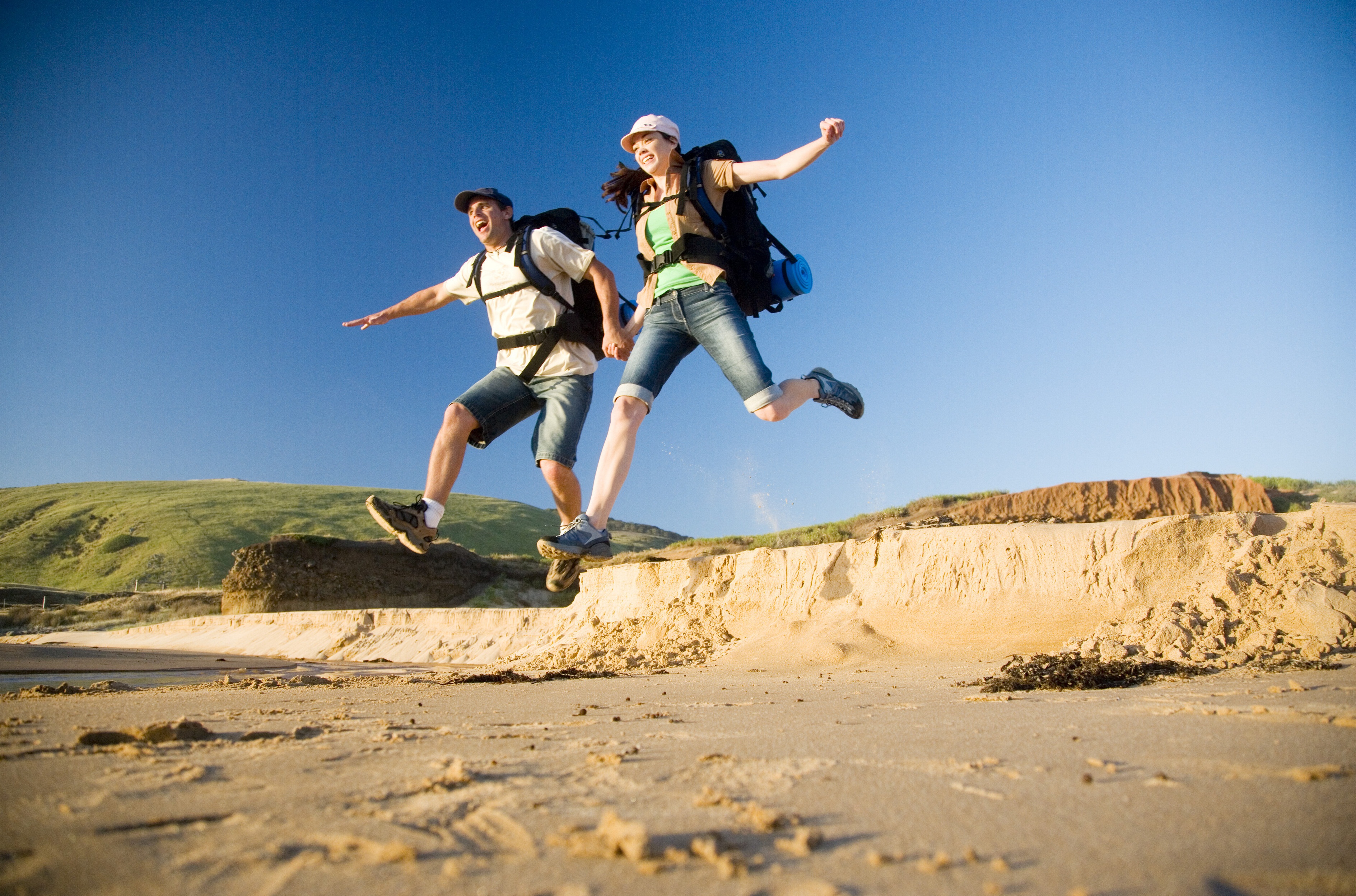Are you planning a hiking trip soon? Whether it’s your first time or you’re an experienced hiker, safety should always be at the top of your list. Hiking can be unpredictable, so it’s essential that you prepare yourself for any situation. In this article, we will cover everything you need to know before your next adventure.
Spring Hiking Tips: What to Pack and Where to Go
As spring approaches, many people start planning their outdoor activities. If you’re thinking about going on a hike during this season, there are some things you need to consider. Firstly, the weather can still be quite cold in some areas, so make sure to pack appropriate clothing. Layers are key as temperatures can fluctuate throughout the day. Also, don’t forget to bring sunscreen, insect repellent, and a hat to protect yourself from the sun.
When choosing where to go, look for trails that aren’t too challenging yet offer stunning views. Some popular spots include Yellowstone National Park, Zion National Park, and Glacier National Park. Just remember to check trail conditions ahead of time and plan accordingly.
Summer Hiking Tips: Staying Safe in the Heat
During summer months, hiking can be more dangerous due to high temperatures and increased risk of dehydration. To stay safe, make sure to wear lightweight and breathable clothing, such as cotton or wool. Avoid synthetic materials which trap heat close to your skin. Additionally, bring plenty of water (at least two liters per person) and snacks to keep you energized along the way.
If possible, try to hike early in the morning or late afternoon when temperatures tend to be cooler. Take frequent breaks in shaded areas, and avoid overexerting yourself. Remember, it’s better to take your time and enjoy the scenery than rush through the trail.
Winter Hiking Tips: Dressing for Cold Weather Conditions
For those who love winter sports, hiking is a great option during colder months. However, dressing appropriately is crucial to ensure your comfort and safety. Start with a base layer made of moisture-wicking material like merino wool or polyester. Then add insulation layers such as fleece or down jackets. Don’t forget to wear gloves, a warm hat, and waterproof boots with good grip.

It’s also important to carry extra clothes in case of unexpected weather changes. Finally, make sure to check trail conditions ahead of time and choose routes suitable for winter hiking.
Hiking Safety and Preparedness: Essential Gear and First Aid Kit
No matter what season you’re hiking in, having the right equipment is critical for your safety. At minimum, you should have a map, compass, whistle, headlamp/flashlight, and a multi-tool. Consider investing in a personal locator beacon or satellite messenger if you’ll be hiking alone or in remote areas.
In terms of first aid kit, make sure to include essentials like bandages, antiseptic wipes, pain relievers, and blister treatment. It’s also recommended to bring a snake bite kit and allergic reaction medications depending on the area you’re visiting.
Eco Friendly Hiking Tips: Leave No Trace Principles and Sustainable Practices
Last but not least, let’s talk about how we can reduce our impact on nature while enjoying its beauty. The leave no trace principles are seven guidelines designed to minimize human damage to natural environments. They include planning ahead and preparing, traveling and camping on durable surfaces, disposing of waste properly, leaving what you find, minimizing campfire impact, respecting wildlife, and being considerate of other visitors.
Additionally, you can practice sustainable practices by using reusable containers instead of plastic bottles, bringing biodegradable soap and toiletries, and sticking to designated trails to prevent erosion. By following these tips, we can preserve our beautiful landscapes for future generations to enjoy.
Conclusion
Whether you’re a beginner or expert hiker, safety should always be your number one priority. Make sure to research trail conditions, dress appropriately for the weather, and bring necessary gear and first aid supplies. And last but not least, let’s do our part to protect Mother Nature by practicing eco-friendly habits while exploring her beauty. Happy hiking!





6 thoughts on “Hiking Safety and Preparedness: Everything You Need to Know Before Your Next Adventure”
Comments are closed.